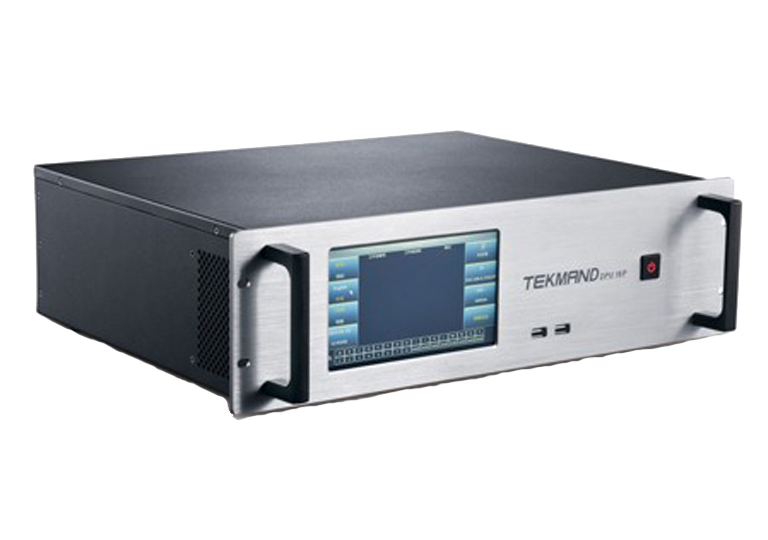
If you tap the three white dots in the input field gives you an drop down that allows you to adjust the universe number and the DMX address in the selected universe. You have several options for adjusting this value. The dot2 suggest the first available address after the last patched fixture.
#UPDATE FIXTURE LIBRARY IN LXFREE PATCH#
The fixtures we add needs a DMX patch address for us to be able to control them. If you give it a name and then make a space and add a number then the fixtures will be enumerated from this number, if you are adding more than one fixture. You can tap the small keyboard icon to open the onscreen keyboard or you can use an external keyboard. You can give your fixtures a name that makes it easier for you to remember what they are. Select the ID number of the first fixture. Let's return to this when we add fixture to a show that already have some fixtures. Right now you have an empty show so there aren't any ID conflicts or already used IDs. button you open the Select Fixture ID(s) window. This can be used to visually see what fixture ID are available and what IDs are used. You can adjust the ID number the same ways as with the quantity. Two fixtures can't have the same ID number and all fixtures needs to have an ID number. IDĪll fixtures in our show needs an unique ID number. Set the quantity to the amount of fixtures you want to add. You can also turn the middle left encoder. You can tap the input field and use the numeric keys to change the number or you can use the - and + on the right side of the input field to adjust the number. You can adjust the amount of fixtures you want to add. Once you have located and selected the fixture you want to add you can tap the Ok button in the upper right corner.

The search is done on both the manufacturer and fixtures. Here you can write the manufacturer or fixture name or just some of it in any combination. You can also type something in the green search field. The other encoders are used to change the fixture manufacturer, the fixture type and if the fixture have more than one mode, then you can use the right encoder to select the mode of the fixture. Internal is the internal drive of the dot2, If you have a USB drive connected, then you can change to the library on the USB drive. You can use the encoders to change the drive. This means that you take a copy out of the library and put it into your show. Here you can select one of the fixture types and import it into your show. If the fixture you are trying to add isn't in the list, then you can tap the Select other. You can select one of fixtures in the list. This usually includes a simple dimmer fixture and some different LED fixtures. If you tap the three dots in the type field, then you can see a list of fixture types imported into our show. The small keyboard icon will open an on-screen keyboard. The plus/minus icons are used to increment or decrement the value. Some of the fields have three small dots.

The 6 different things we need to define is: Here we have 6 different green input fields where we need to adjust the content.

Tap the button called Add New Fixtures on the right side of the right screen. Right now it very empty we need to add some fixtures. Now we can see a list of all the fixtures (we don't have yet) in our show. Here you'll find a button called Patch & Fixture Schedule. If you already have some fixtures in your show, then you can jump down to the Adding fixtures in a show with fixtures section of this help page. In a new and empty show we need to add some fixtures before we can do anything with the dot2. We'll also look at removing fixture types that we don't use. On this page we'll have a look at the workflow when adding and patching fixtures in our show.


 0 kommentar(er)
0 kommentar(er)
